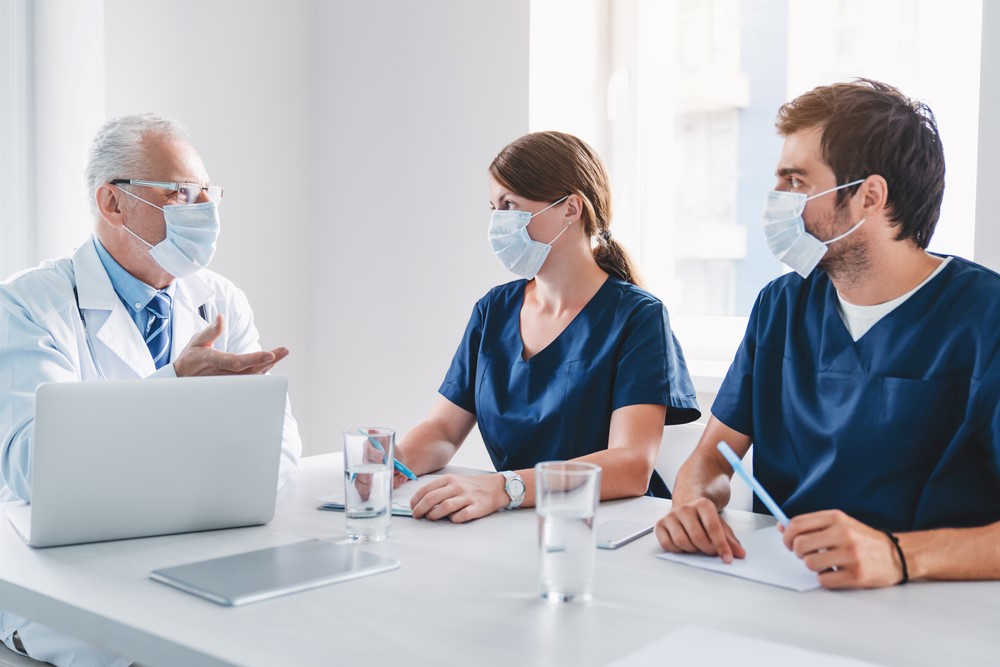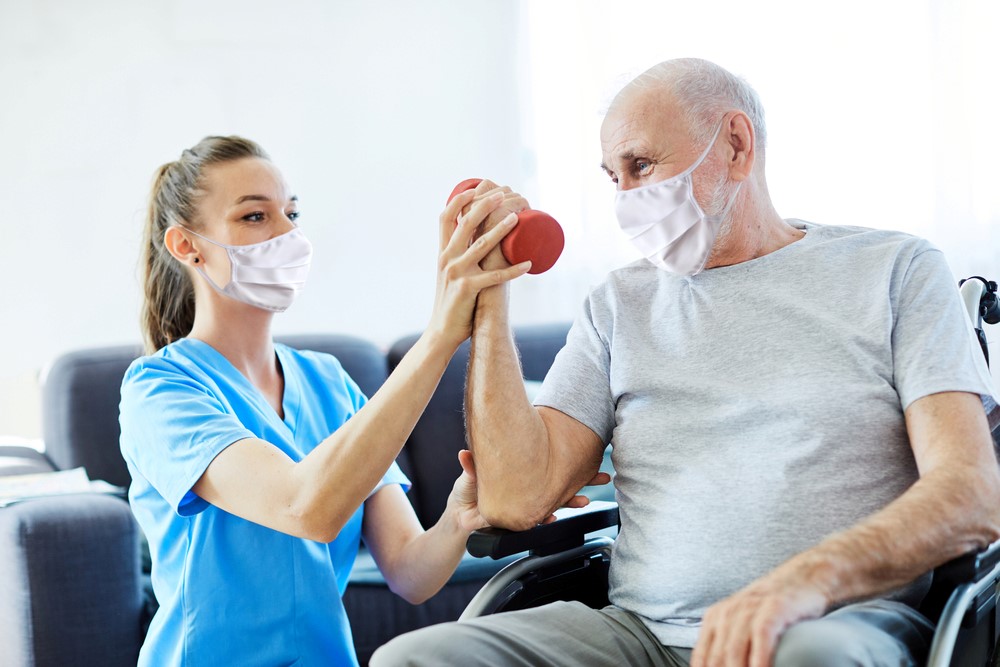How the right rehabilitation improves stroke recovery
May is Stroke Awareness Month, a time to increase understanding of this condition that occurs every forty seconds in the United States. Although all strokes involve an interruption or reduction of the blood supply to a part of the brain, the outcome is not the same for everyone. Strokes affect each person differently depending on the size and location of the stroke. Therefore, it is important to treat each stroke patient based on their needs.
The treatment window
Once the danger of the stroke has been controlled, it is important to start rehabilitation as soon as possible. The time for rapid recovery for most stroke patients is the first 90 to 120 days. Many stroke patients will experience a greater than 50% improvement during this time. In most cases, motor movement will return first. The brain cells that control movements like walking are grouped closer together, which allows for a faster recovery. Speech and attention require larger areas of the brain and can take longer to show improvement. The key is to have daily, focused therapy to help the brain recover and heal.
The treatment team

Image licensed by Shutterstock.com
Stroke recovery involves a group of professionals including physicians, neurologists, nurses, therapists, pathologists, nutritionists and social workers. Friends and family may also provide assistance during the time of recovery. Communication between all of the team members is crucial for an effective therapy experience.
The treatment types
There are three general types of therapy: speech, physical and occupational. Speech therapy deals with issues in producing or understanding speech as well as in swallowing. Physical therapy involves relearning movements and skills that were lost or affected during the stroke. Occupational therapy focuses on regaining a range of life skills like dressing, bathing and writing.
Through focused exercises, therapists can help recover lost muscle function and stimulate damaged nerves and muscles. Exercises to reduce stiffness and increase circulation to damaged areas can also be performed.
The treatment challenge
Following a stroke, a comprehensive assessment is needed to identify the specific areas where therapy is needed. For some, speech is affected. Others might experience paralysis. After clearly identifying where attention needs to be focused, an individually designed therapy program is created. The more frequent the therapy, the better the outcome. It can take multiple repetitions of a task before the brain is able to repair itself.
The treatment location
Choosing to recover in a short-term rehabilitation facility results in a focused therapy schedule. Therapy should be offered on the most aggressive schedule possible for each patient. The facility should also have proper staff and equipment to carry out needed therapies. Glenview Terrace has made a commitment to providing this high level of care for each stroke patient. Glenview Terrace’s highly trained therapists provide one-on-one therapy, coordinating and continually modifying treatment
as progress is made or as new challenges arise. Treatment for everything from swallowing issues to muscle strength is provided with a goal of regaining the most function possible.
At Glenview Terrace, the focus is always to help get you back to the independent lifestyle you desire. Focusing on healthcare excellence and safety, Glenview Terrace provides the latest infection-control precautions, including routine COVID-19 testing and monitoring. Glenview Terrace is also ranked among the top 1% of all Illinois post-hospital rehabilitation and nursing care centers by Newsweek — and has received Medicare’s highest five-star rating. Glenview Terrace has also earned the Joint Commission’s Gold Seal of Approval certification for post-hospital and post-surgical care. For additional information or to arrange a personalized virtual tour, visit glenviewterrace.com or call 847-729-9090.

